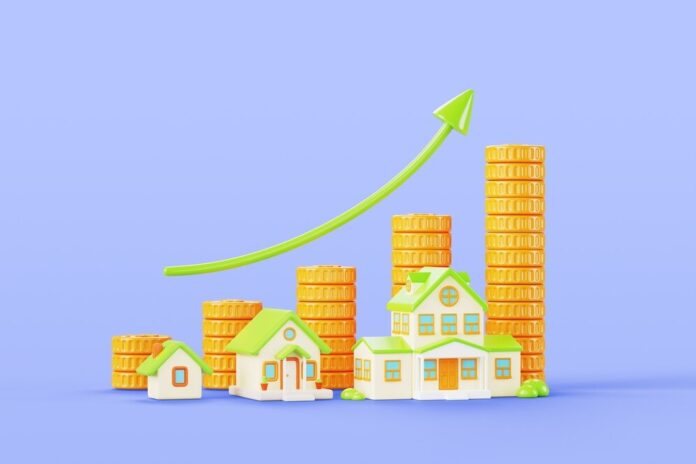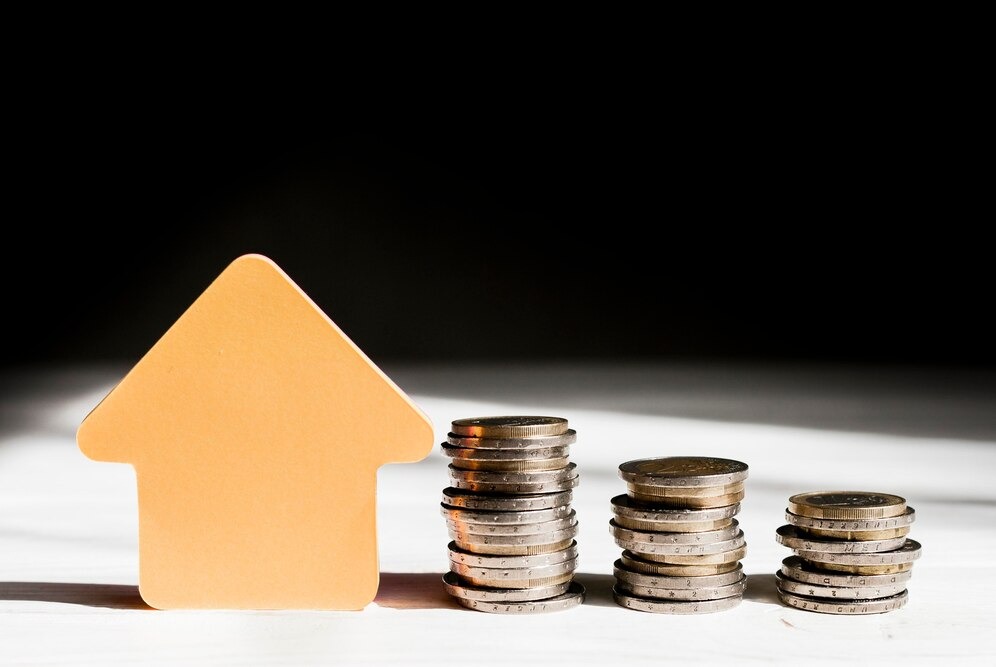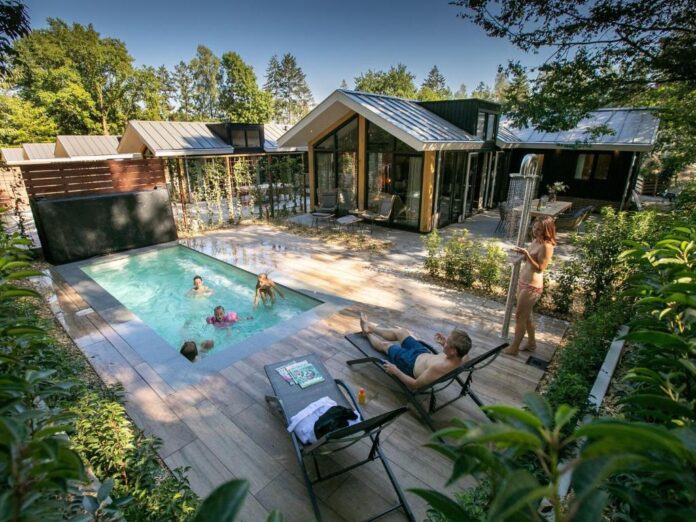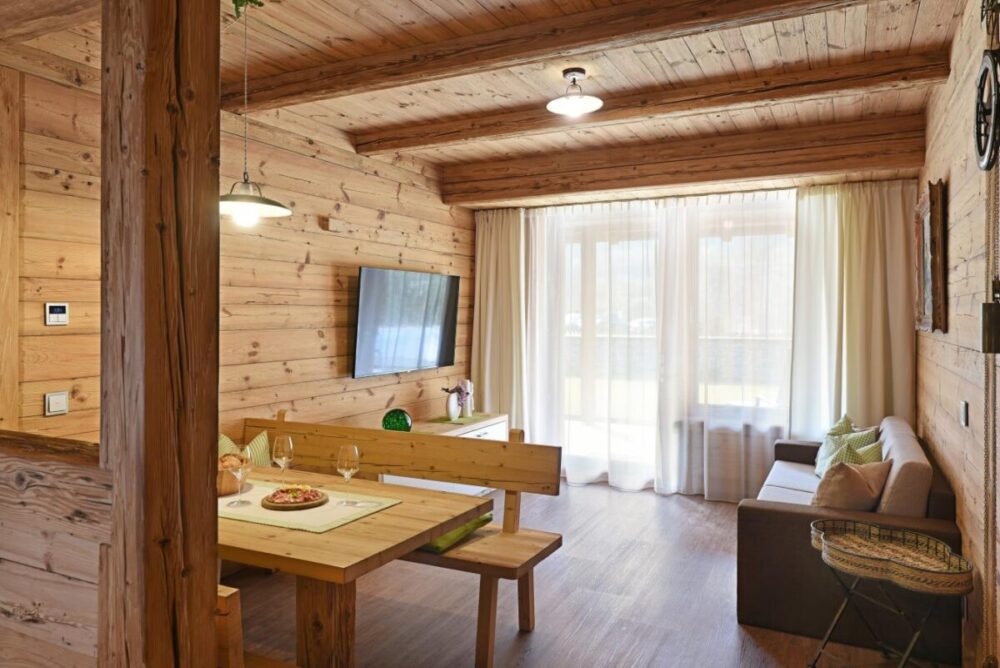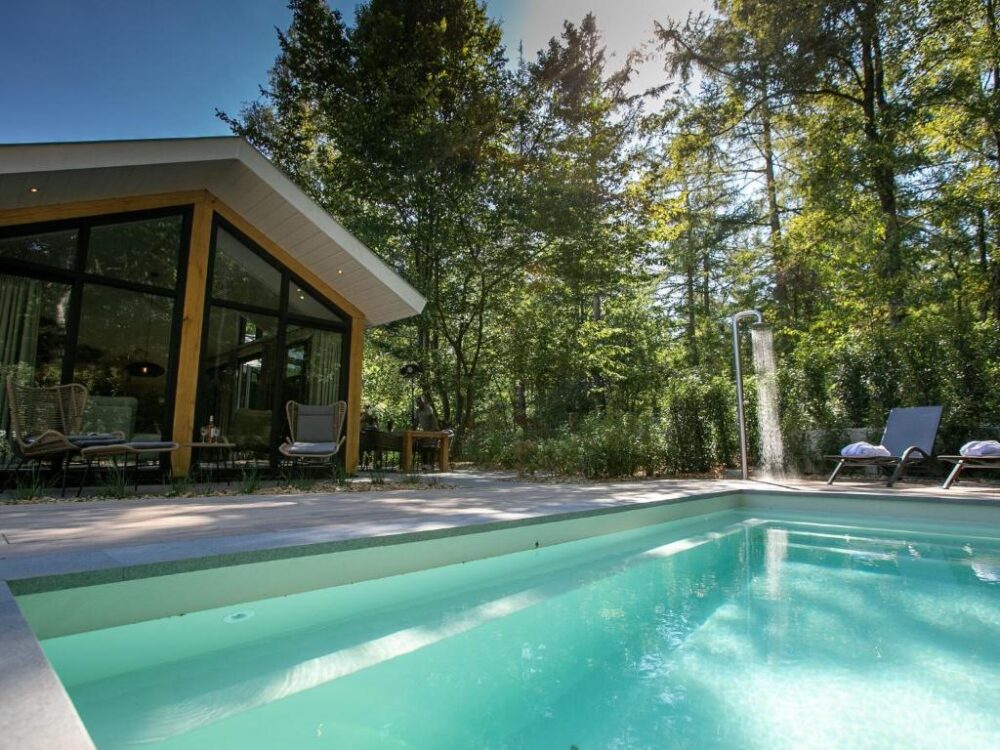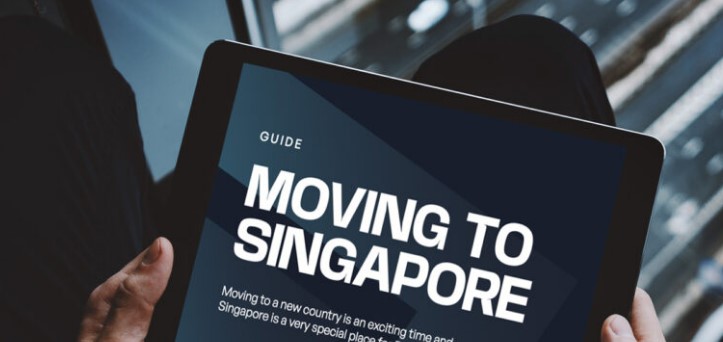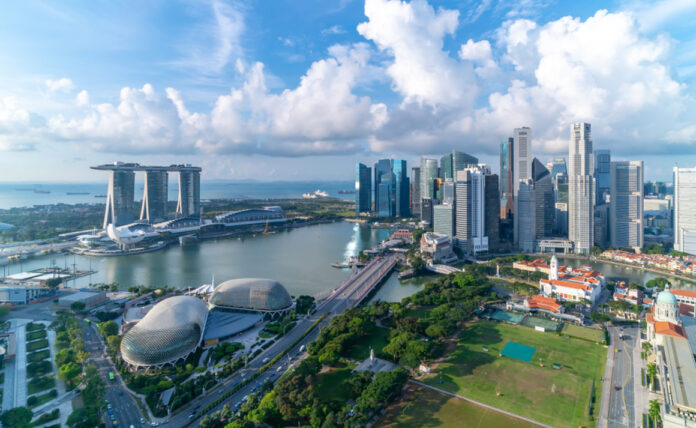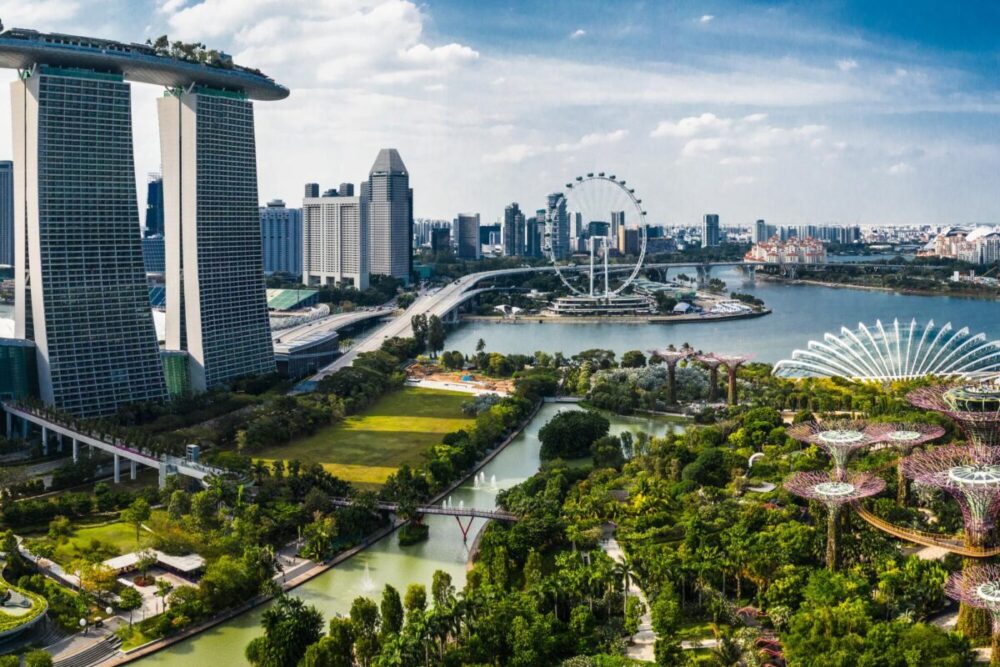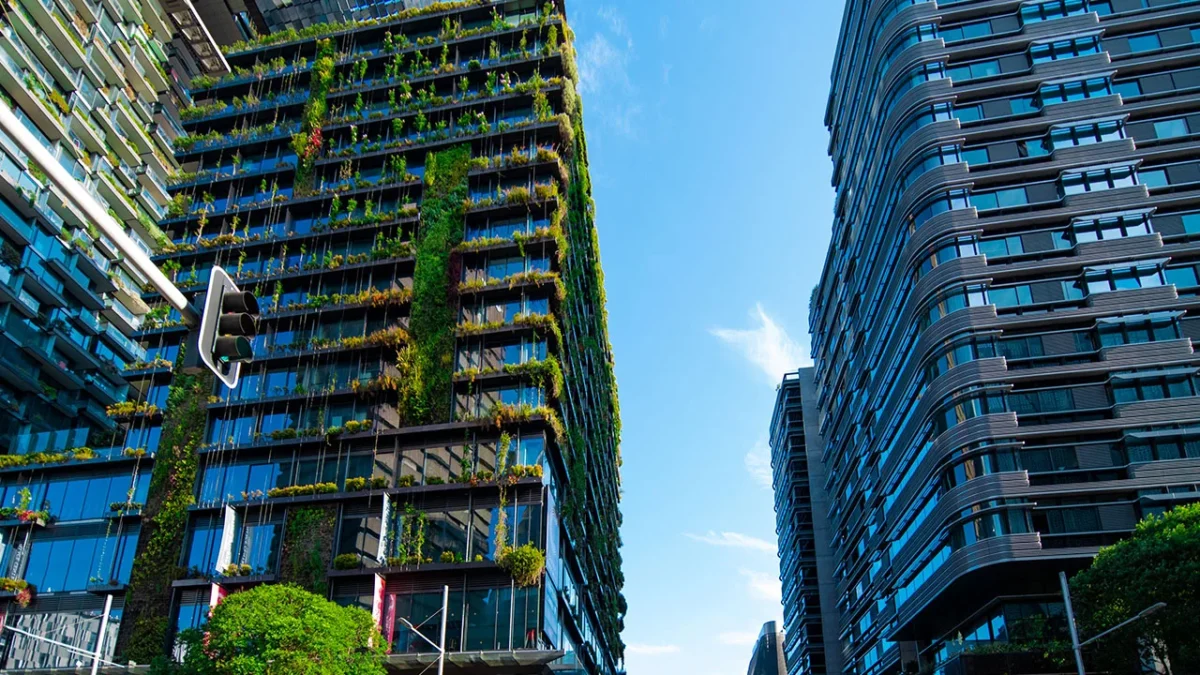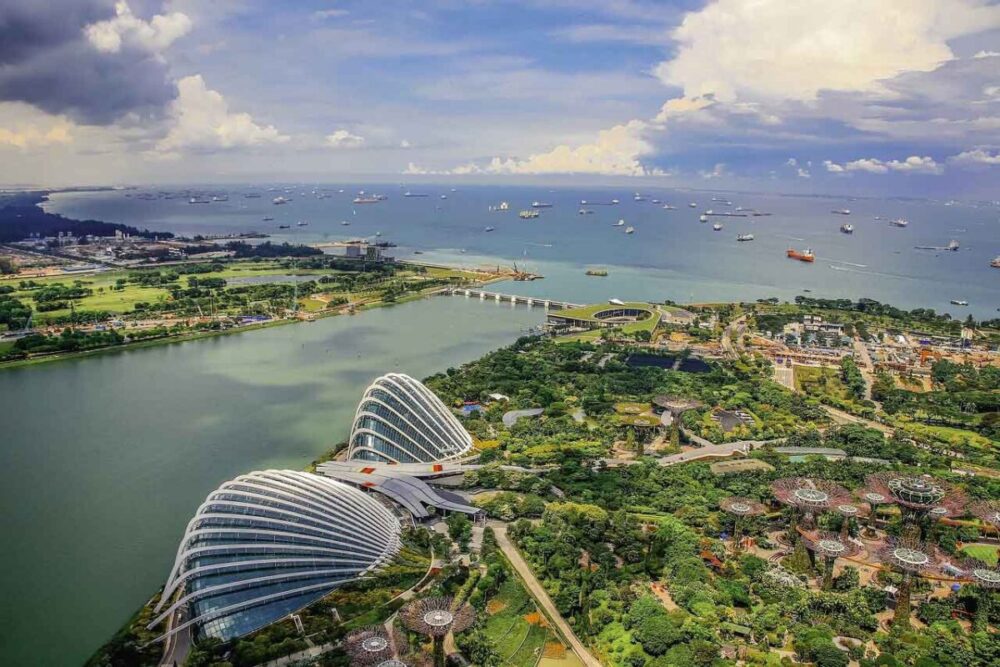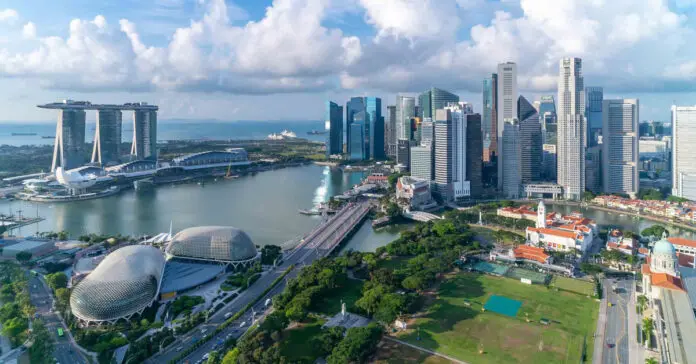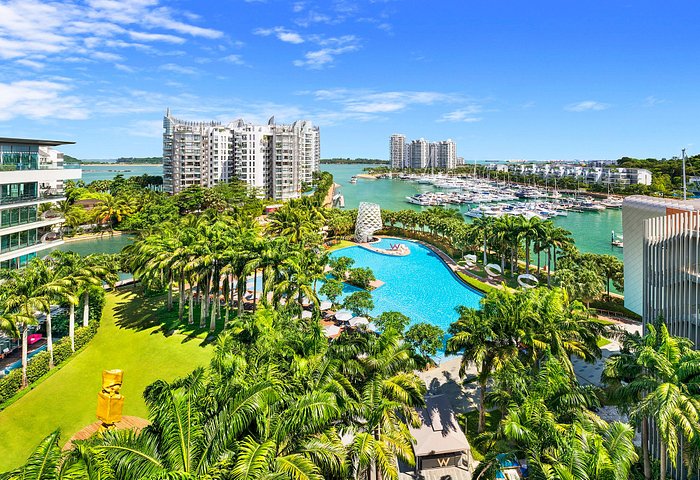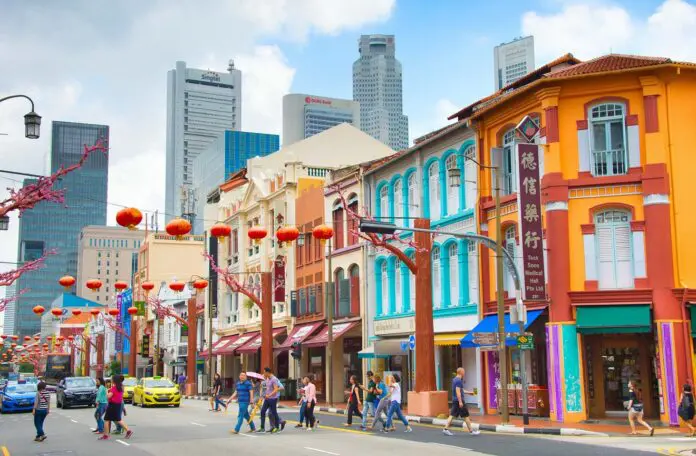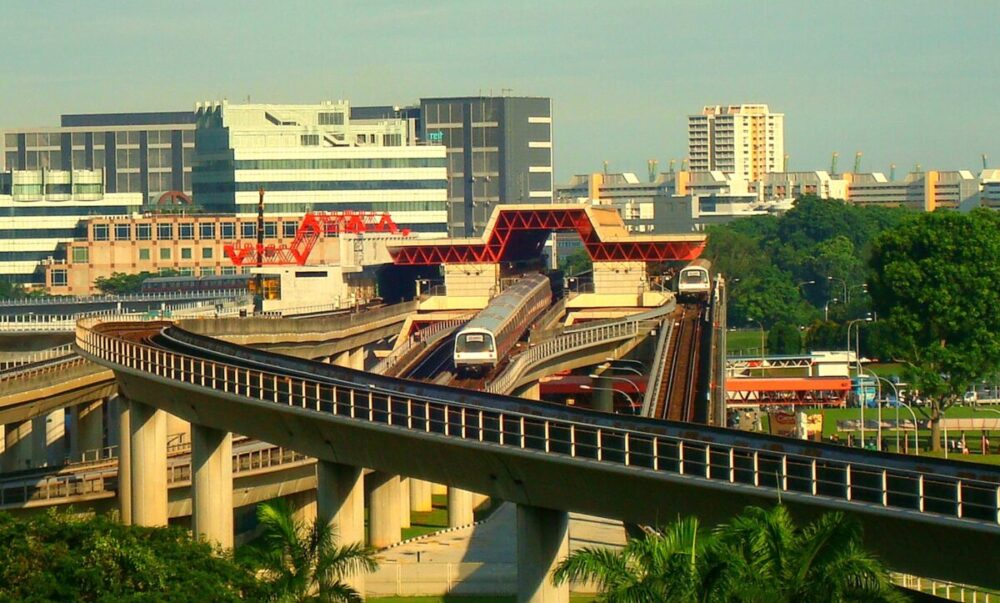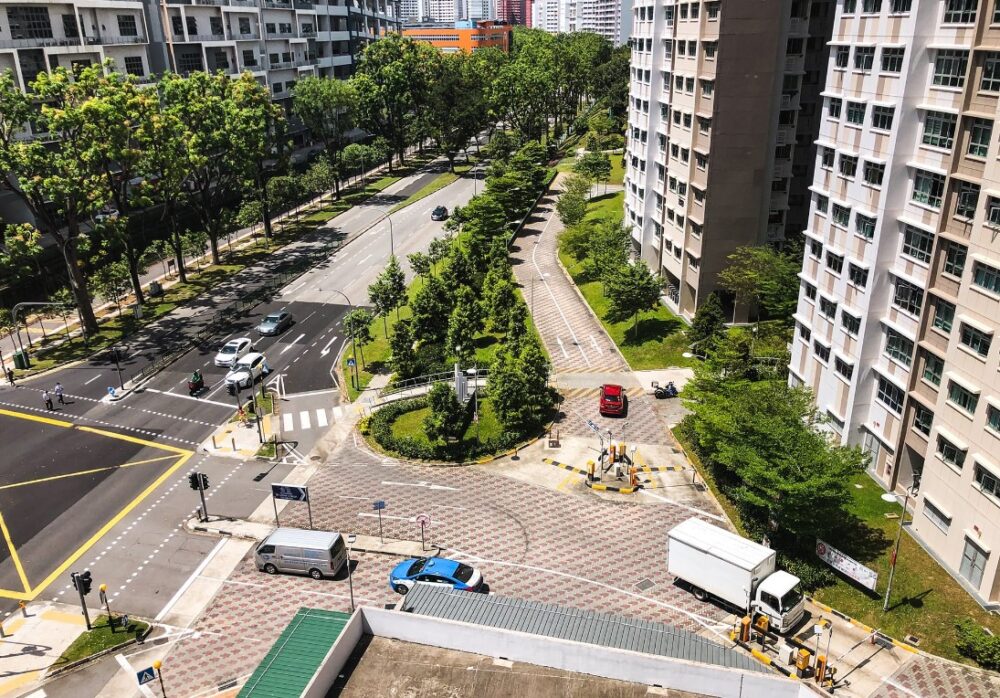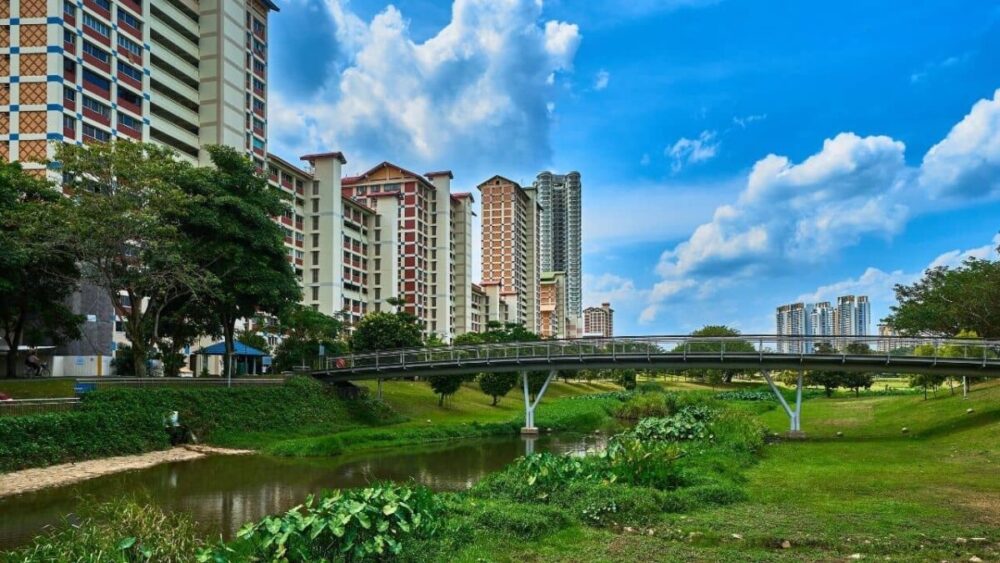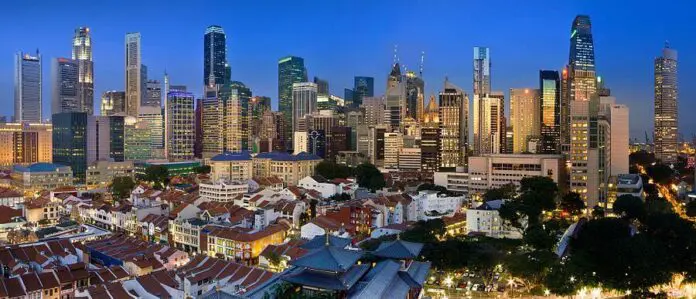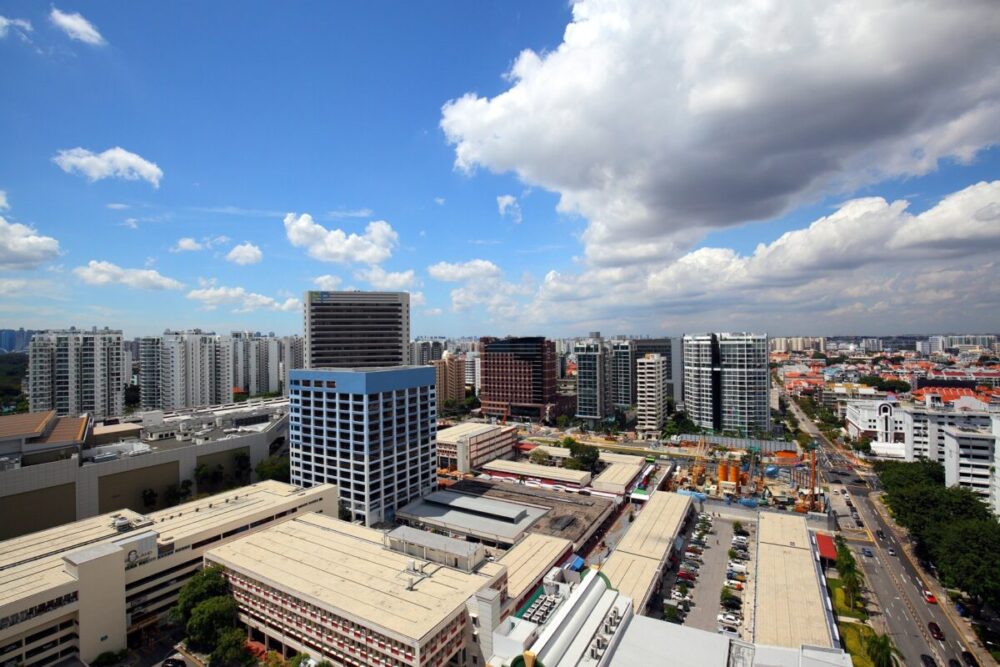When you think of Orchard Road, images of premium retail, glitzy city lights, and high-end lifestyle come to mind. But living near this iconic stretch isn’t just about glamour — it’s about convenience. If you’re someone who wants quick access to Singapore’s most vibrant shopping and business zone, where you live matters. In this guide, I’ll walk you through the best neighborhoods for proximity to Orchard Road — and what makes each one a smart choice.
Table of Contents
Key Highlights
- Orchard Road is a central artery of retail, culture, and transportation in Singapore.
- Districts 9, 10, and 11 offer the best blend of prestige and location.
- Public transport access and walkability are major factors in choosing your home.
- New developments add premium options near Orchard Road.
- Price differences across districts can impact long-term investment value.
- Amenities, schools, and greenery still matter — even if Orchard is your priority.
District9: The Core of Urban Living
If being close to Orchard is your goal, District 9 is practically unbeatable. This district includes parts of Orchard, River Valley, and Somerset — some of the most sought-after addresses in Singapore.
Properties here cater to those who prioritize lifestyle and ease. Whether you’re walking to Paragon for groceries or hopping into a Grab for a business lunch in the CBD, everything feels just a few minutes away. Public transport is excellent, with Somerset, Dhoby Ghaut, and Orchard MRT stations offering rapid access.
What makes District 9 stand out isn’t just its proximity. It’s the mature mix of established condos, boutique developments, and iconic projects like The Scotts Tower. Residents enjoy an unrivaled blend of urban luxury, walkability, and prestige.
Among the newer developments in this area, River Green stands out. It offers not only sleek modern architecture but also tranquil riverside access — a rare balance of calm and connectivity in one of Singapore’s busiest districts.
District 10: Luxury and Leafy Serenity
If you’d rather live near Orchard without being in the thick of it, District 10 offers an appealing mix of exclusivity and ease. Encompassing areas like Tanglin, Holland Road, and Bukit Timah, it’s a haven for those who want Orchard access, but also appreciate privacy and green surroundings.
Living here means you’re never more than a short drive or MRT stop from Orchard, but you get to retreat to a quieter, more refined environment after hours. Condos here range from classic high-end developments to stylish new builds. The area is also dotted with embassies and international schools, making it popular with expat families.
District 10 is ideal if your daily routine spans Orchard and places like Dempsey or Botanic Gardens. The cost of entry is high, but for many, the peaceful surroundings and long-term value are worth it.
Property Price Comparison Near Orchard Road
Before diving into more locations, it helps to understand how much you can expect to pay. Here’s a look at average property prices (in SGD per square foot) for key districts around Orchard Road:

As seen in the chart:
- District 9 remains the priciest, given its direct Orchard access.
- District 10 is slightly less, offering better value for larger units.
- Districts 11 and 2 give access without the same pricing pressure.
- District 15, while farther, offers competitive prices for its amenities.
This pricing snapshot can be a good reference if you’re balancing budget with convenience.
District 11: Quiet Comfort with Good Access

District 11, which covers areas like Novena and Newton, is often overlooked — unfairly so. It offers excellent Orchard proximity (just one or two MRT stops away), while providing more space and quieter streets.
If you’re the type who wants to escape the weekend Orchard buzz, but still be close enough to enjoy its perks, this district is a solid contender. Novena is also home to medical hubs, schools, and malls like Velocity and United Square.
Many buyers are drawn to the area for its accessibility via the Downtown and North-South MRT lines, as well as its balance of rental yield and owner-occupier appeal.
Springleaf and Other Outlier Options
Now, not everyone needs to live just minutes from Orchard. Some buyers want to live in peaceful estates with direct transport links. That’s where newer areas like Springleaf come into the conversation.
Located on the Thomson-East Coast Line, Springleaf Residence offers an interesting compromise: nature-rich surroundings, lower density living, and surprisingly fast rail access to Orchard via direct MRT.
It’s an ideal pick for families or professionals who work hybrid schedules. You get peace and space without sacrificing Orchard access — and as this area develops, it’s quickly becoming a hotspot for savvy buyers looking for value with upside.
River Valley and Somerset: Lifestyle Within Reach
While technically part of District 9, River Valley and Somerset deserve their own shout-out. These neighborhoods have the charm of old-world Singapore (think heritage shophouses and riverfront strolls) with the convenience of walking to Orchard in under 10 minutes.
River Valley Road is lined with upscale condos, cafes, and international preschools. It’s ideal for couples, young professionals, and even retirees who want everything within reach. You’ll also find plenty of dining and grocery options without needing to enter a mall — a rare perk in such a central location.
How to Choose the Right Area For You
Choosing where to live near Orchard Road depends on more than just geography. Ask yourself:
- Do you value walkability over price?
- Are you buying for lifestyle or long-term investment?
- Do you need international school access?
- Are MRT links more important than driving proximity?
Answering these will help narrow your choices quickly. For example, a couple working in the CBD might favor a small unit in Somerset, while a family might lean toward Springleaf or Bukit Timah for schools and green space.
Final Thoughts: Convenience Meets Quality of Life

Living near Orchard Road doesn’t just mean shopping—it means connectivity, prestige, and access to the city’s pulse. But you don’t have to live on Orchard to enjoy it. Whether it’s District 9’s immediacy, District 10’s leafy retreats, or smart picks like Springleaf, there’s a perfect match for every lifestyle.
Ultimately, where you live should make your life easier — and with Singapore’s world-class transport and planning, you’ve got options that blend Orchard access with quality of life. Make sure to explore them thoroughly, and don’t be afraid to go slightly off the map. Sometimes the best Orchard lifestyle isn’t directly next to Orchard at all.





